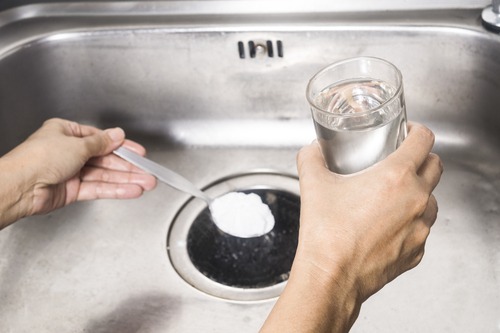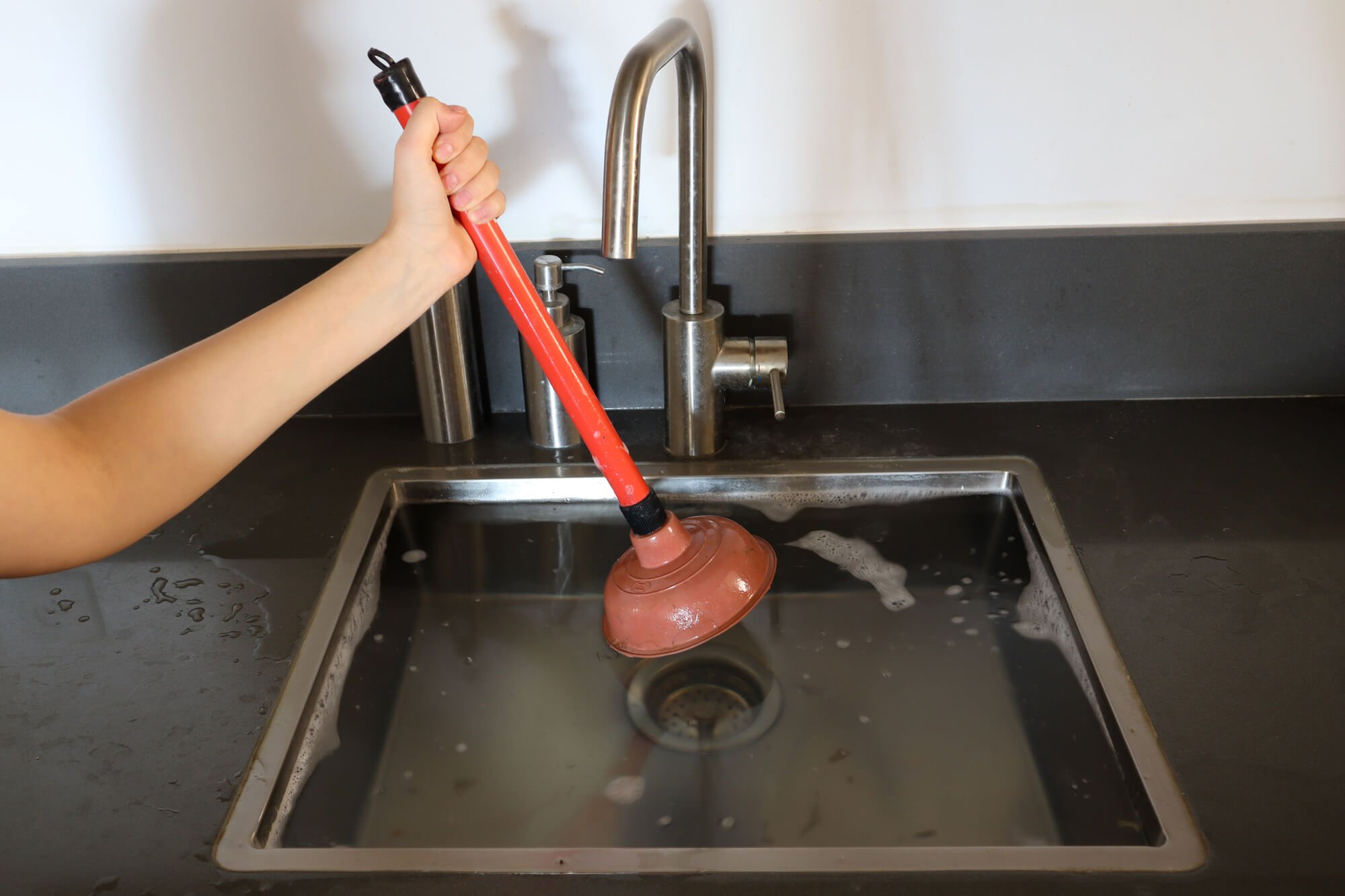Advice for Addressing a Blocked Drain Prior to Seeking Expert Plumbers
Advice for Addressing a Blocked Drain Prior to Seeking Expert Plumbers
Blog Article
Were you trying to find advice concerning 8 Tips For Clearing A Blocked Drain?

Intro
Handling an obstructed drain can be a frustrating experience, interfering with daily activities and possibly triggering damages to your building. However, before reaching out to pipes professionals, there are actions you can take to attend to the issue on your own. In this overview, we'll discover do it yourself options and safety nets to deal with a blocked drain efficiently.
Recognizing the Concern
The initial step in attending to a blocked drain is identifying the indications. Slow-moving drain, gurgling audios, foul odors originating from drains, or water support up prevail signs of a blocked drainpipe. Identifying these signs early can help stop better problems.
Picking the Right Plumbing Solution
When selecting a pipes service, consider aspects such as experience, licensing, and client evaluations. Choose a trusted plumbing with a track record of high quality workmanship and clear prices techniques.
Cost Factors to consider
The cost of professional drain cleaning company can vary relying on the intensity of the blockage and the plumbing professional's rates. Demand quotes from several providers and ask about any added fees to make certain transparency and stay clear of surprises.
Safety and security Precautions
When attempting do it yourself drain cleaning, focus on safety and security. Wear protective gloves and eyeglasses to stay clear of contact with hazardous chemicals or germs. Never ever blend various drain cleaning items, as this can generate unsafe fumes.
Case Studies
Real-life examples show the performance of do it yourself remedies and the importance of timely expert treatment in dealing with drainpipe obstructions.
Typical Sources Of Blocked Drainpipes
Comprehending the elements that contribute to drain pipes obstructions is essential for efficient resolution. Usual perpetrators include hair, soap scum, grease, food debris, and international items like hygienic items or paper towels. Tree roots attacking below ground pipes can additionally create significant blockages.
DIY Solutions
For minor blockages, several DIY options can be efficient. Pouring boiling thin down the drainpipe can assist dissolve oil and particles. Sodium bicarbonate and vinegar or a blend of salt and baking soft drink can function as natural cleansers. Using a bettor or pipes snake to displace blockages is an additional choice.
Devices and Equipment
Having the right tools on hand can make do it yourself drain cleaning more effective. A plunger is a functional tool for clearing blockages in sinks, toilets, and showers. A plumbing snake or auger can get to deeper clogs, while drain cleaning chemicals can be utilized carefully for persistent blockages.
Safety nets
To avoid future blockages, taking on safety nets is essential. Install drain guards or filters to catch hair and debris prior to they get in the pipelines. Regularly flush drains with hot water to dissolve grease buildup, and avoid taking care of oil or strong waste down the drain.
When to Call an Expert
While do it yourself options can resolve small clogs, specific signs suggest the requirement for professional help. Persistent obstructions, foul odors despite cleaning initiatives, or several drains backing up simultaneously are red flags that call for experienced intervention.
Conclusion
By adhering to the tips laid out in this guide, you can effectively tackle obstructed drains and protect against future pipes problems. Whether opting for do it yourself solutions or looking for expert assistance, punctual action is essential to keeping a healthy and balanced plumbing system and maintaining the integrity of your home.
WHAT I LEARNED FROM TRYING TO DEAL WITH A CLOGGED DRAIN
We have had our share of seepages and other annoying things that are part of living, especially in an apartment complex. And if there’s one thing that’s terrifying for a homeowner—or even someone in a rented home—it is a clogged drain, indoors or outdoors.
We enjoy our living space, but it’s simply a fact of life that dead skin, soap and a host of other items go down the drain; eventually, the residue builds up and prevents anything from moving. Ugh.
Not Calling A Professional
Of course, it might seem simple to just whip the pipe off under the sink and see if you can unblock it. Unfortunately, what if the blockage isn’t there, or you don’t reconnect it properly? Worse, you might break a piece and have no drainage system. Can you imagine that scene? Yuck!
Not Watching Your Waste
This will sound d’uh, but the best tip I can give you for drain cleaning is to avoid clogging the drain in the first place! You can do this by monitoring what goes down the drain and catching the items which are most likely to give you a problem. Invariably hair, vegetable peels, and large wads of toilet paper are the most obvious culprits. Add a filter—these are available in hardware stores and can be removed and cleaned easily.
Poking The Drain
The first urge with a clogged drain is to poke at it with a stick or anything that resembles a stick. Sadly, this does not result in magically solving the issue. The mental image is, naturally, one of the stick just pushing through the offending item and all is well again. Reality is quite different and unpleasant and likely to lead to further problems.
The thing is, every drain has a series of bends that are not visible to us. Drains are built this way to prevent gases from entering the house. What happens when you poke a stick into the drain? Of course, it can’t bend around the corner. The more adventurous people will use force and end up wedging the stick or causing it to break off in the pipe—creating an even bigger issue. Worst thing? The stick will shift the block further down the pipe, creating the space for more to collect. Go ahead! Roll your eyes!
Using The Wrong Plunger
You know what they say: the right tool for the right job! Did you know there are different types of plungers besides the basic one we keep at home for an emergency? Yes, there are. For example, the toilet plunger has a bell-shaped bottom while the sink plunger is flat. This is an important difference and using the wrong plunger will be useless. There’s also a knack in using plungers—they must be placed in such a way that they create an airtight seal and then, moved slowly up and down—not as fast as we imagine.
https://vidyasury.com/2018/01/learned-trying-deal-clogged-drain.html

As a keen reader on What I learned from trying to deal with a clogged drain, I think sharing that excerpt was worth the trouble. For those who enjoyed reading our post please do not forget to pass it around. We take joy in reading our article about How to handle a clogged drain in your home.
Call Report this page